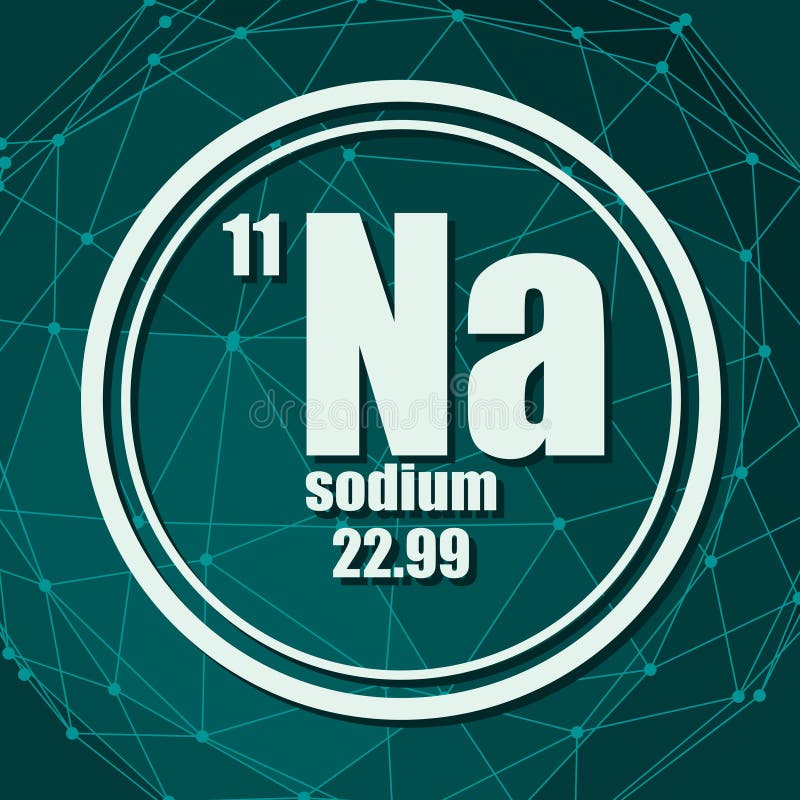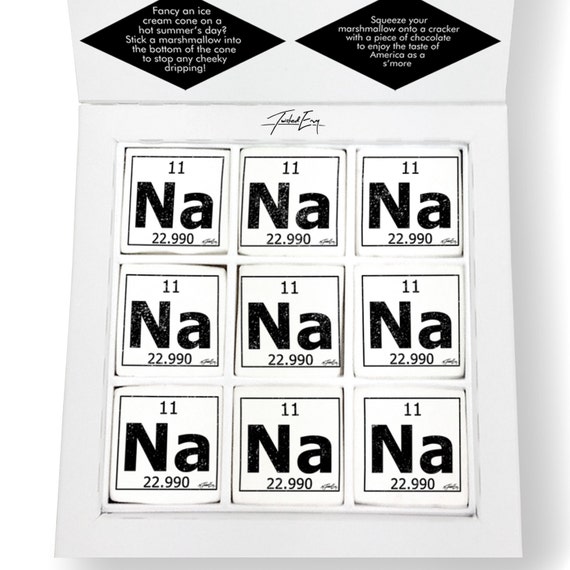

Atoms with variable numbers of protons and electrons are referred to as ions. Because all carbon atoms contain six protons, the number of neutrons is 14 – 6 = 8. The total number of protons and neutrons is shown using numerals (superscripts, subscripts, or following the symbol).Ĭarbon-14, for example, contains 14 protons and neutrons. To determine the amount of neutrons, you must first determine the element’s isotope. The number of neutrons or electrons in an atom cannot be determined from an element’s name or symbol. The majority of element names end with ‘-ium’.Metals, which are usually hard, bright, and conductive, are among these elements. Noble gases, with names ending in ‘-on’ are inert or nonreactive gases at ambient temperature. Halogens are very reactive and easily combine to produce compounds. The group of elements known as halogens includes elements with names ending in ‘-ine’.

Nonmetals with names that end in ‘-gen’ are gases in their pure state at ambient temperature. The name of an element can reveal information about its properties. What do the first 20 elements have in common ? A one- or two-letter abbreviation of the element’s name is used as the element symbol. The atomic number of an element is the number of protons contained in each atom of that element. These are the first 20 elements, listed in order: When there’s a second letter, it’s lower case. The first letter of an element symbol is capitalised. The symbol for potassium is K, which comes from the Latin word kalium, which meant alkali or potash. The latin name for sodium’s atomic number is natrium. This is a play on the Latin word natrium, which was previously used to describe caustic soda. The symbol for sodium, which is abbreviated as Na. On the other hand, certain symbols allude to old element names. The symbol is a one- or two-letter abbreviation of the name. The electronic configuration of Sodium will be 1s2 2s2 2p6 3s1.Element identification can be done using the atomic number, element name, or element symbol.

How do you write the electron configuration for Sodium? The electronic configuration of Sodium will be 1s2 2s2 2p6 3s1. What is the electronic configuration of Sodium 11? What is the boiling Point of Sodium in Kelvin?īoiling Point of Sodium in Kelvin is 1156 K. Melting Point of Sodium in Kelvin is 370.87 K. What is the melting Point of Sodium in Kelvin? What is the boiling Point of Sodium?īoiling Point of Sodium is 1156 K. Sodium has 11 electrons out of which 1 valence electrons are present in the 3s1 outer orbitals of atom.

How many valence electrons does a Sodium atom have? It is located in group 1 and period 3 in the modern periodic table. Sodium is the 11 element on the periodic table. Sodium is a chemical element with the symbol Na and atomic number 11. What is the position of Sodium in the Periodic Table? Sodium is a chemical element with symbol Na and atomic number 11. To form abbreviated notation of electronic configuration, the completely filled subshells are replaced by the noble gas of the preceding period in square brackets. The abbreviated electronic configuration of Sodium is 3s1. What is the abbreviated electronic configuration of Sodium? The electronic configuration of Sodium is 1s2 2s2 2p6 3s1. What is the electronic configuration of Sodium? Sodium Thermal Properties - Enthalpies and thermodynamics Optical Properties of Sodium Refractive IndexĪcoustic Properties of Sodium Speed of Sound Sodium Heat and Conduction Properties Thermal Conductivity Refer to table below for the Electrical properties ofSodium Electrical Conductivity Hardness of Sodium - Tests to Measure of Hardness of Element Mohs Hardness Refer to below table for Sodium Physical Properties DensityĠ.968 g/cm3(when liquid at m.p density is $0.927 g/cm3)


 0 kommentar(er)
0 kommentar(er)
